2022 - A Year of Audio Sidegrades and Downgrades

True audiophiles know that newer and/or more expensive equipment always equals better quality sound. While there may eventually be diminished returns, those blessed with highly-acute and sensitized hearing will always be able to appreciate those subtle improvements – because obviously there’s no upper limit to how good a piece of audio equipment can sound.
Or is there? Could there come a point where total errors – from any source in the reproduction chain – are sufficiently low that one doesn’t even need to resort to masking or hand-waving psychoacoustic arguments? What if, at normal listening volumes, errors in reproduction accuracy were below the ~0 dB threshold of even the most discerning human hearing? Or changes were sufficiently small to make no meaningful difference? Or errors were actually worse in some newer, ‘upgraded’ model? We’re now breaching the threshold of perfect transparency with some fairly inexpensive pieces of hardware (for example, the HiBy FC3). Of course, we’re not at that point with all audio equipment – and headphones, in particular, can be responsible for errors that are orders of magnitude higher than those from todays most transparent DACs and amps. This means that decades of exploitation still await that most gullible of creatures – the dedicated audiophile.
HypetheSonics has always preferred to hype good audio products rather than berate products we feel are sub-par. Our miniHypes have always been dedicated to products that we felt truly deserved the hype. Lately though, it has felt like we’re in a bit of a barren wasteland of uninspiring releases. We’re not sure whether recent product releases are still being stymied by pandemic-related supply-chain shortages, or whether we’ve simply reached a wall with current technology, but many recent product releases we’ve tested don’t appear to be upgrades at all; most are sidegrades, and a sizable number are, at least in some important regards, downgrades – yet usually still come with higher price tags. We’ll give some specific examples below.
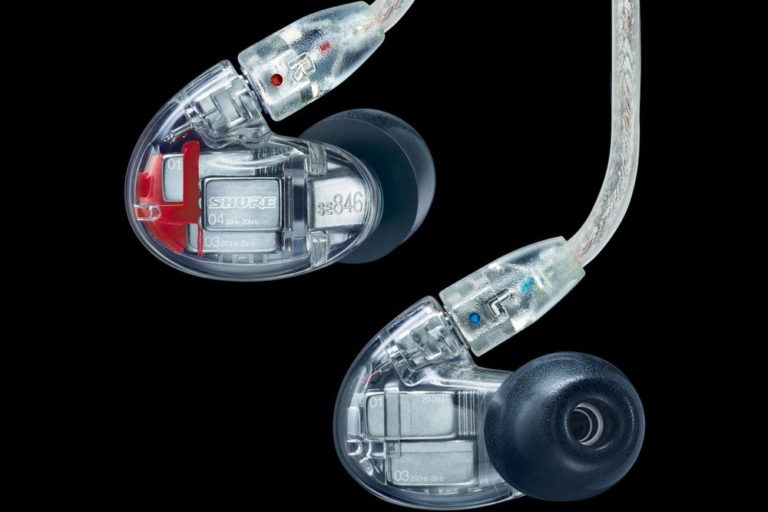
The Shure SE846 has long been a favorite of ours, so we were excited to hear of a new version being released last year. The update we’ve all waited so long for…? The inclusion of a new red nozzle filter:
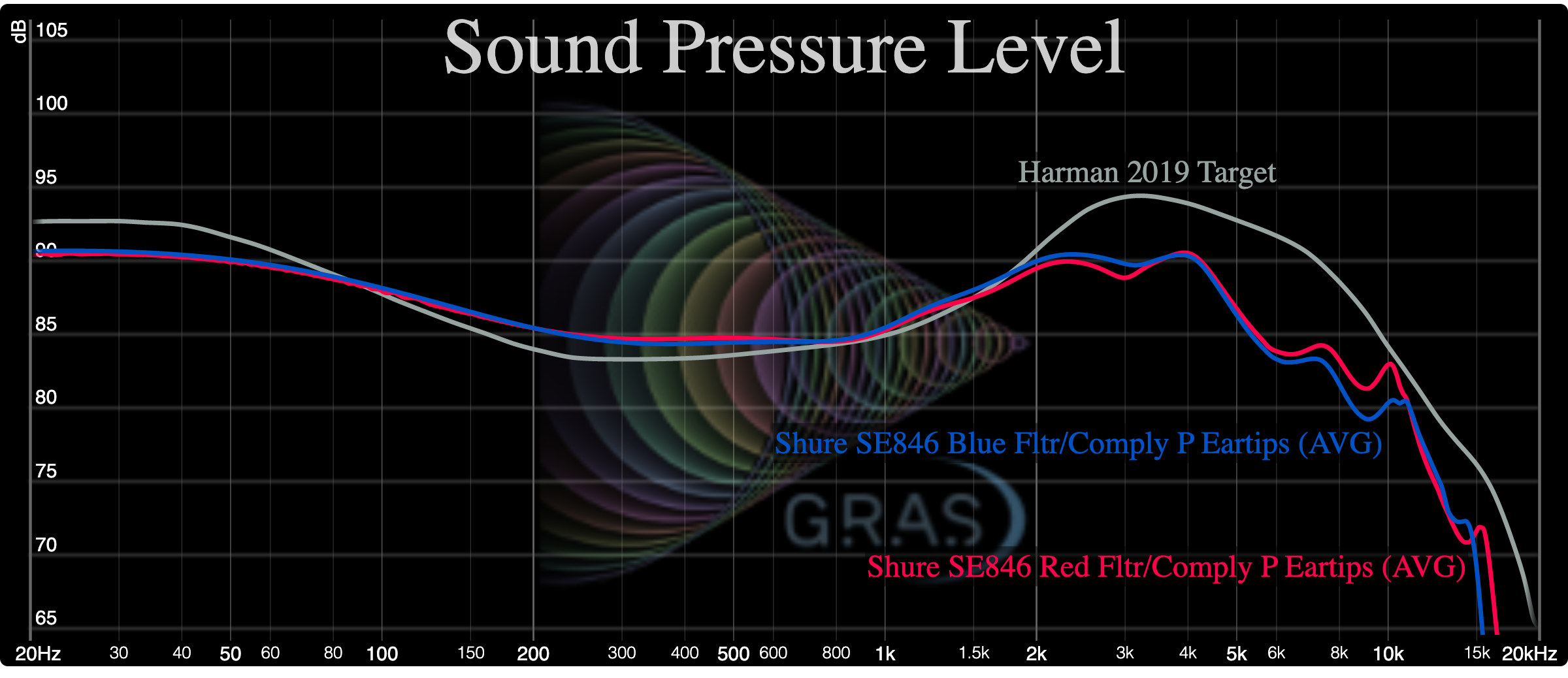
We’re still big fans of Shure and appreciate that they have sufficient confidence in their products that they don’t need to cascade a new headphone (with a marginally different frequency response) onto the market each month, and in fairness to Shure we acknowledge that these updates to the SE846 aren’t necessarily aimed at all existing SE846 owners, but we feel the disappointment of some Shure fans who were perhaps hoping for something more substantial. The ability to add your own filter modification to the SE846 is something that would already have been known to most dedicated SE846 fans, and anybody that has experimented with such filters almost certainly already has something which is more to their liking than the new red filter.
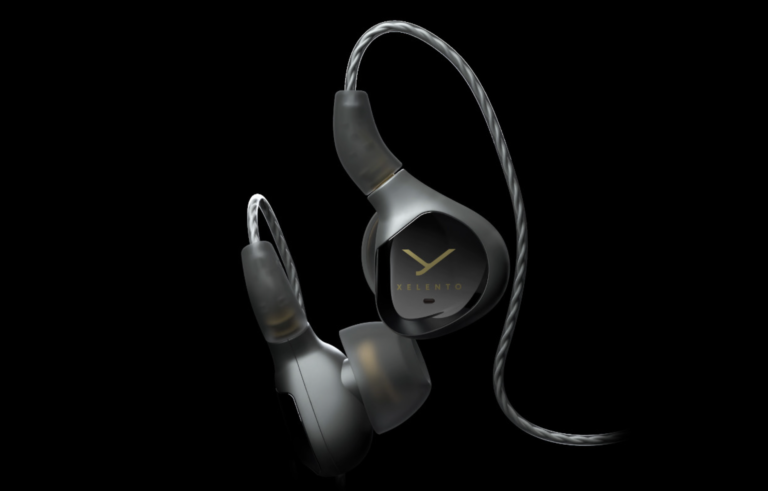
Beyerdynamic’s second-generation Xelento also didn’t live up to our expectations. The Gen 2 model claims better-quality mmcx sockets and boasts some added water resistance (we hadn’t ever had an issue with the first generation mmcx sockets or tried using the Xelentos underwater, so we obviously weren’t the target demographic for this upgrade). Beyerdynamic also make several claims about improvements to the wireless version of the Xelento, which may be true, but don’t feel particularly significant when we now have great-quality wireless dongles with built-in parametric EQ, such as the Qudelix-5k. When it comes to the all-important issue of sound quality, we didn’t find much of an improvement with the second generation Xelento. Beyerdynamic have flattened the frequency response a bit by lowering the bass, mid-range and treble peaks, but we still prefer the sound of the original Xelentos with the vent/port modification:

A vent mod is still possible with the 2nd Gen Xelento, but has a much weaker effect than in the 1st Gen model. Objectively, the Harman metric score is a tiny bit better on the new model using the default preference curve tested at 80 phon, but the situation reverses at 70 phon due to the reduced sub-bass on the 2nd Gen model. We’re not sure that most people are going to agree with Beyerdynamic that the frequency response has been ‘improved’. There are other low-distortion single dynamic-driver IEMs on the market now, such as the Meze Audio Advar and Sennheiser IE600, that are better tuned and half the price of the Gen 2 Xelento.
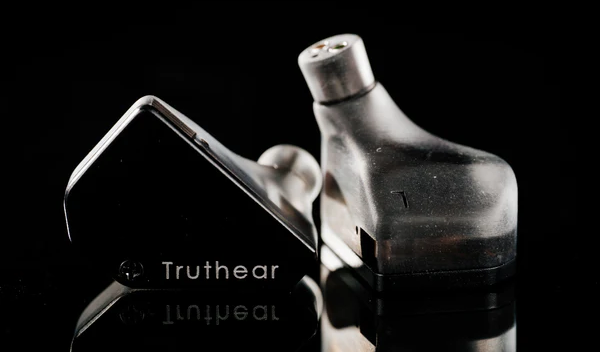
It might surprise some to see the Truthear HEXA on our list of 2022 disappointments, as many have been raving about the value-for-money this particular headphone offers. That last part is true; if your goal is simply to pack as many drivers into your IEM as you can for the lowest possible price, then the HEXA is a great option. We’re not against multi-driver IEMs, but those drivers need to serve a purpose in the overall tuning, because there are downsides that almost always come with the use of multiple drivers, such as increased shell size, significant undulations in the headphone’s impedance curve, significant phase and impulse errors and higher third-harmonic distortion errors associated with the use of balanced-armature drivers. We found the HEXA slightly uncomfortable and didn’t consider it to give a marked overall improvement in sound quality relative to its similarly-priced peers. A good comparison would be the Etymotic ER2XR, which is (for us) more comfortable, has lower distortion errors at normal listening volumes, much better passive noise isolation and lower total non-tonal error, i.e., it has objectively better ‘technical performance’ than the HEXA:
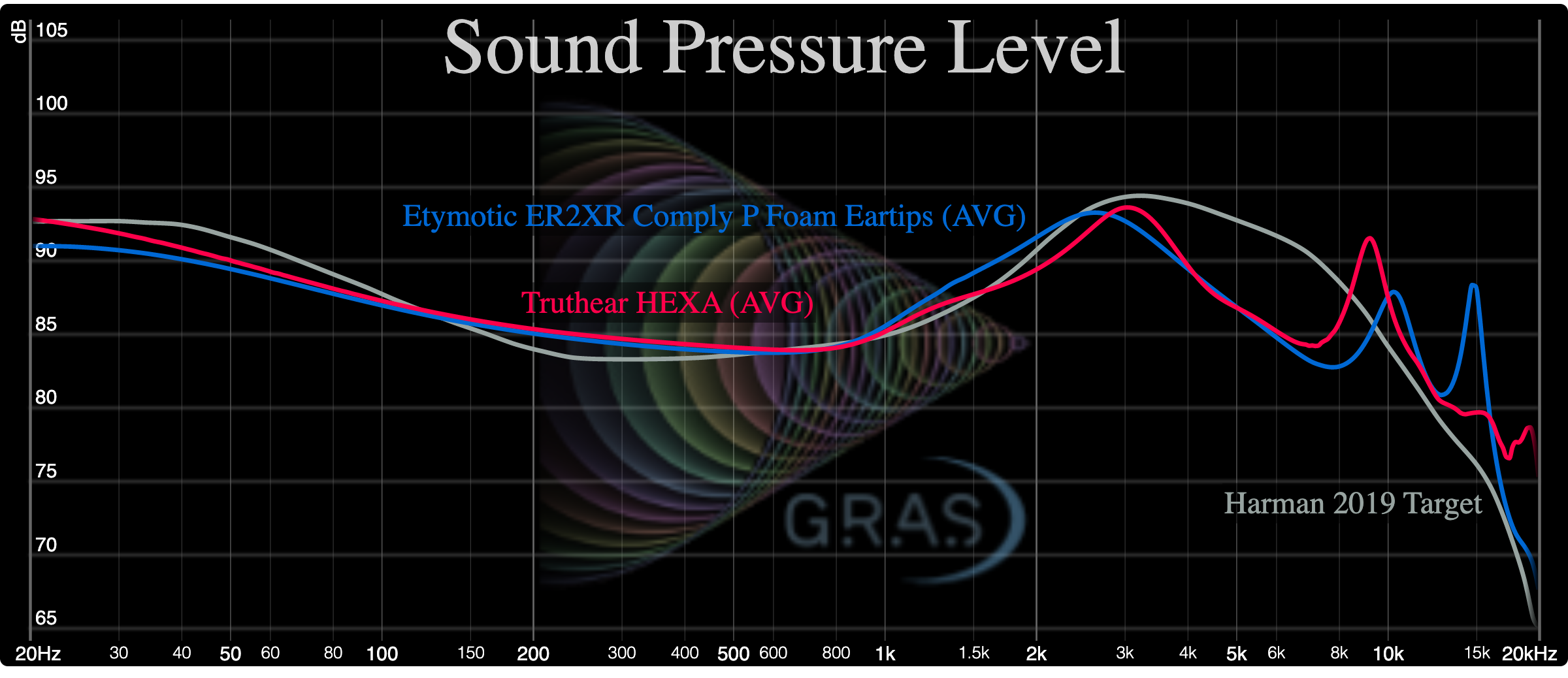
We suspect many people are buying the HEXA simply for the excitement of owning a 4-driver IEM for less than $100 USD. Is this the new audio arms race? To see how many drivers a company can pack into a sub-$100 IEM? Even if you’re a particularly wealthy audiophile who can happily write-off this kind of cost, this is still pointless consumerism that’s ultimately just creating more landfill waste. Temu now sells sub-$5 IEMs, but unless you actually find them better-sounding and more comfortable than your existing headphones, it’s still a waste of $5.
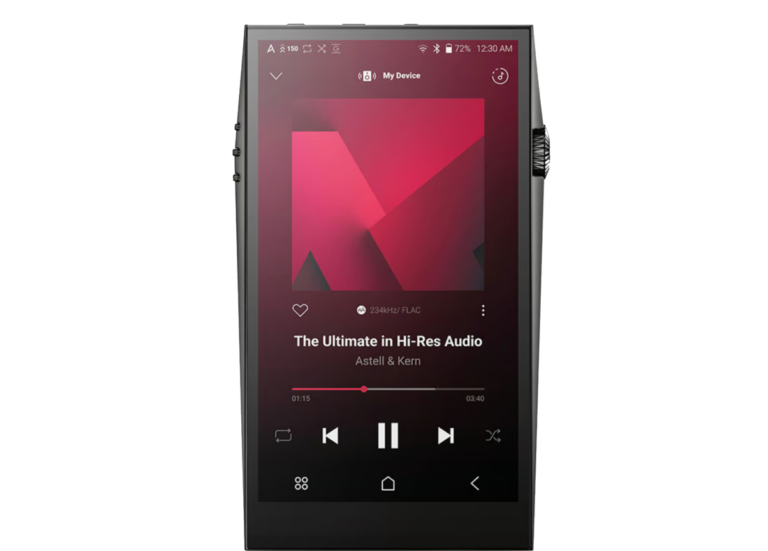
Moving on to the world of digital audio players, we have to confess we did like the sound of Astell & Kern’s new SP3000, but our initial measurements suggest its reproduction accuracy is not all that much better than that of the previous model (the SP2000). The main change is simply that Astell & Kern have fixed various software bugs in the SP3000. One of these bugs is rather critical as it renders the built-in equalizer essentially useless on the SP2000. Astell & Kern informed us that they will not be fixing these bugs in the SP2000. So while the SP3000 is, therefore, some kind of an upgrade, it’s not one that instills much faith in the longevity of Astell & Kern’s product support. Both the SP2000 and SP3000 have microSD slots, but the SP3000 has only 256 Gb’s worth of internal storage – down from 512 Gb on the SP2000.

We then come to iBasso’s new DX320 digital audio player. Soaring highs, fast bass, intimate, resolving detail; a majestic, sonorous, holographic and expansive soundstage. These are just a random collection of meaningless words, none of which apply to the iBasso DX320, which we found to be an overpriced brick with pretty average reproduction accuracy. The DX320 has the same bulk and heft and the same cheap-feeling plastic screen as the DX300, and almost identical audio quality to that of the DX300. The DX320 does have low distortion error when playing back 1 kHz sinusoids, but we strongly suspect many DAPs are simply tweaked for this (via some form of harmonic distortion compensation) because THD at 1 kHz is usually the only error specification published. Our measurements suggest the DX320’s reproduction accuracy on complex waveforms (i.e., actual music) is not much better than that of your average smartphone. Of course, the DX320 does have a lot more output power (and iBasso are enticing many buyers with up-sells in the form of swappable amp modules), but for most headphones – and certainly in-ear monitors – output power level doesn’t correlate with sound quality. In some important regards the DX320 appears to be a step backwards. The DX320 has fewer user controls (a choice of only two anti-aliasing filters, as opposed to five on the DX300), a substantially reduced battery life (10 hours of playback compared with 15 hours on the DX300), yet the DX320 comes with a $400 USD higher price tag. The DX320 epitomizes much of what we feel is wrong with the current state of the audio industry – an incremented model number is evidently all you need to get certain review sites fawning all over your products.

A strong contender for our most disappointing audio product of 2022 must be the underwhelming ASUS ROG Phone 6. We were huge fans of the ROG Phone 5 and even wrote a miniHype about it here. The ROG Phone 5 used the outstanding ESS 9280AC quad DAC, which coupled a fantastically-low output impedance with variable output-power modes (determined automatically as a function of load impedance) and the most exceptional reproduction accuracy we’ve yet seen in any portable player. The ROG Phone 6 scrapped the ESS DAC in favor of a MediaTek MT6338 SoC DAC which has substantially poorer reproduction accuracy. ASUS also decided to scrap the DAC in the ROG Phone 6’s gaming controller, forcing landscape gamers (i.e., anybody who’d use this phone for gaming) to move to laggy wireless audio or buy a 90-degree adapter for the headphone port. Granted, gamers may not care as much about audio quality as music lovers, but it’s still sad to see such a massive retrograde step, especially given the lack of choice that exists in 2023 for smartphones with good audio-quality via a wired headphone socket.
On a more positive and somewhat-related note, there have been some distinct and measurable recent improvements in the area of true-wireless Bluetooth earbuds. Products such as the Samsung Galaxy Buds 2 Pro and Apple AirPods Pro 2 actually sound rather good (better than their respective original models) and both offer the useful ability to switch between ambient and noise-cancelling modes. This was low-hanging fruit though, given that most of the early generation true-wireless Bluetooth earbuds were awful, suffering various combinations of maladies, such as being overly bulky, uncomfortable, poorly-fitting, badly tuned, having poor quality microphones, limited battery life, lower-quality lossy codecs and sketchy connectivity. Obviously, most of these problems have still not been resolved, but in comparison to wired earbuds, the wireless earbud scene was so bad to begin with that it wasn’t as difficult to improve upon. In a few more decades, Apple may be able to correctly claim that they were ahead of the curve in ditching the headphone socket in their phones. Current Apple users that have paid the Apple tax to have their headphone sockets removed in return for lower-quality/lower-reliability Bluetooth audio may perhaps feel vindicated knowing that at least their money went to help future generations of both audio lovers and Apple shareholders. And one day, they will be right – Apple will have been ahead of the curve. While we do actually like some of the newer Bluetooth wireless earbuds, we want to reiterate a point we’ve made before – removal of the 3.5 mm socket wasn’t and isn’t a requisite to using Bluetooth. The moral here remains the same – be careful which companies you give you money to.
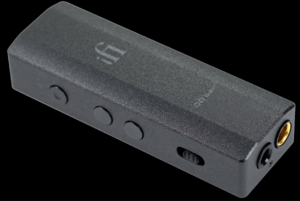
Given the increasing absence of headphone sockets on many people’s smartphones, 2022 was a year ripe for dongle sellers to capitalize on Bluetooth’s various weaknesses. The iFi Audio GO Bar was a prime example of 3.5mm jackless audiophiles being targeted with a rather expensive dongle. A ‘premium’ product at a premium price – the iFi Audio GO Bar retailed (at the time of release and still now at the time of writing) at $330 USD (or $499, for any willing to pay for the ‘limited edition’ Gold version). In terms of its audio reproduction, one would expect a dongle costing as much as a mid-priced DAP to do something rather magical – it must surely be an upgrade over any existing USB dongle? Unfortunately no – not according to our measurements. The iFi GO Bar is easily out-performed by much cheaper dongles, such as the HiBy FC3, Qudelix-5k and even the $10 Conexant CX31993. The GO Bar also has some unusual and unfortunate flaws, such as virtually invisible engraved text on the body of the device, and an inability to render sharp transients at the beginning of any music passage. It seems that after a very short period of quiet (~ 1 s) the DAC and/or amp in this device tries to put itself to sleep. We speculate it may be trying to save battery, but this happens even in the middle of a track. As a result, leading edges of an attack get rounded off. This problem is severe enough that it required us to jump through a few hoops just to measure it, because the standard markers used to separate our test signals all got wiped in its reconstructed analog output. We have never seen behavior like this from any other device before, and in 2022 we’d consider this a fairly significant oversight.
In the audiophile world, the sunk-cost fallacy usually prevents even the self-admission of poorly-informed and ill-advised purchases. The blinkers don’t typically come off until the next upgrade is released, at which point all the flaws in the previous product version suddenly become apparent and self-evident, and the ‘upgrade’ becomes the new must-have item, while the older model (even if fully functional and audibly superior) temporarily gathers dust at the back of a drawer prior to its final journey to a landfill.
Summary
Unless enough consumers get wiser and more discerning, the current pattern of audiophile financial and electronic waste looks likely to continue into 2023 and beyond. Many companies can evidently make decent profit margins by merely churning out sidegrades and downgrades, with an appropriately-large(r) sticker price to justify the product as ‘premium’ (or upgraded). Incremented model numbers and incremented prices are often enough to convince our gullible, placebo-susceptible audiophile brains that a marginal difference, or even a decrease, in reproduction accuracy, is actually an upgrade. We would urge potential buyers to try (preferably blind) listening tests on any potential purchase. If that’s not possible, we would urge potential buyers to at least scrutinize marketing material more carefully, to ask questions of the manufacturers, and to request meaningful specifications – not just THD at 1 kHz. For example, we find it worrying that in 2023 most DAP manufacturers still refuse to report output impedance. We’d further urge potential buyers to be particularly cautious of audio-related websites whose revenue stream relies on them functioning as third-party marketing arms; many of these sites shill products using flowery words with no sincere attempt at objective assessment. In most other areas of technology, there are clear metrics that would unequivocally indicate progress, or lack thereof. The audio industry seems to understand it doesn’t need that – most audiophiles either don’t understand technical specifications and measurements, or are deeply skeptical of them, preferring to just trust a company that they believe has a good pedigree. After all, what possible motivation would these companies have to lie to us?
The harsh reality is that we’re unlikely to get truly better quality products in the future unless we demand them from the various manufacturers. We have the power to vote with our wallets – and sometimes that may simply mean keeping those wallets closed.
—————————————————
Did You Know?
All products on our databases come with a ‘microHype’ – brief subjective thoughts and impressions on the product and its ranking. To access the DAP microHypes, simply click on the slide for that DAP. To access the microHype for a headphone, click on the name of the heaphone once displayed, or click on the (red) score in any rank/search result. Certain products that are regarded as special, or particularly relevant or interesting, have more extensive reviews in the form of ‘miniHypes’. The latest miniHype is always displayed on HypetheSonic’s front page, with archived miniHypes shown below.
